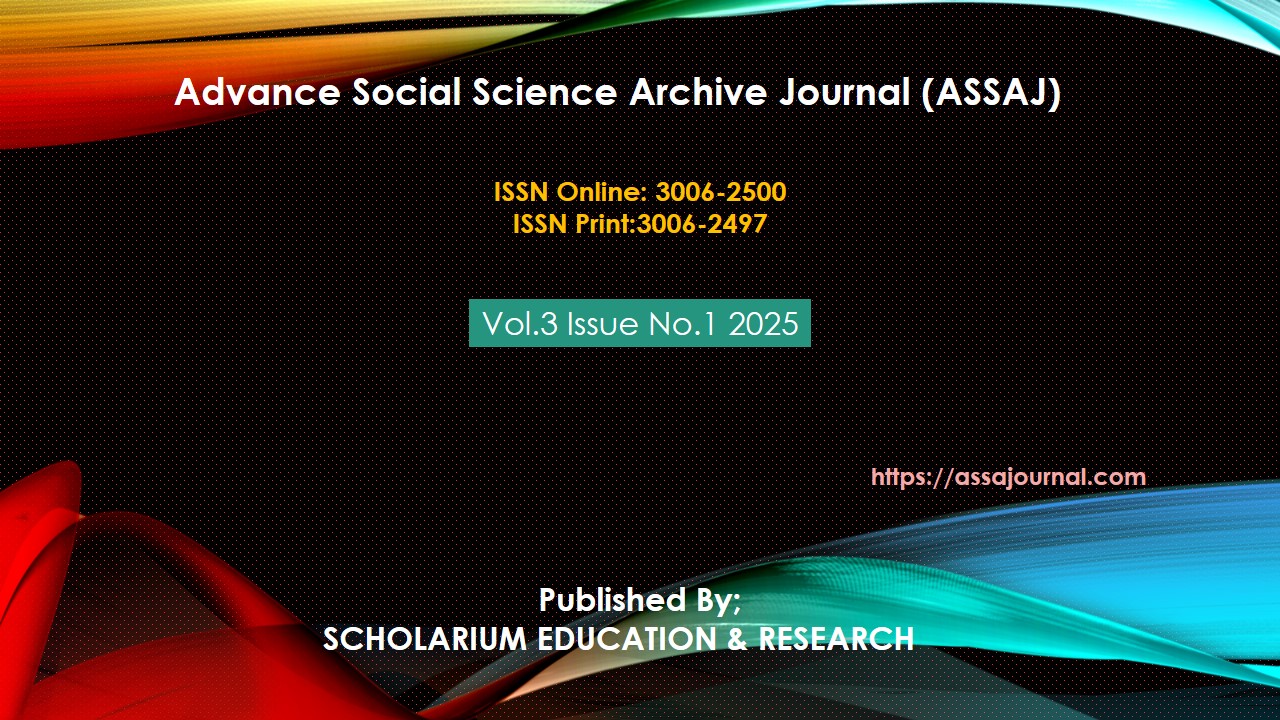LANGUAGE POLICY AND MEDIUM OF INSTRUCTION IN PAKISTAN’S EDUCATION SYSTEM
Abstract
Language policy and the medium of instruction play a critical role in shaping Pakistan’s education system. The country’s multilingual landscape presents a complex challenge in balancing national, regional, and global linguistic priorities. Urdu and English serve as official languages, yet the use of regional languages remains a point of contention. Historically, colonial influences have elevated English, making it the dominant medium in higher education and administration, while Urdu is promoted as the national language. However, the imposition of these languages has marginalized local languages and created socio-political disparities. This study examines the implications of Pakistan’s language policy on education quality, social integration, and national identity. The findings indicate that the dominance of English in elite schools and higher education perpetuates inequalities, limiting access to quality education for non-English speakers. Furthermore, the lack of teacher training in bilingual and multilingual pedagogy hinders effective language instruction. The study highlights that an inclusive language policy that incorporates regional languages alongside Urdu and English can promote equitable learning opportunities. Addressing these challenges requires a reformed language policy that supports multilingual education, enhances teacher training, and bridges socio-economic divides. A balanced approach to language planning can foster national cohesion while ensuring linguistic diversity is preserved.
Keywords: Language Policy, Medium, Multilingual Education, Pakistan Education System, Urdu, English, Regional Languages, Socio-Political Disparities, Teacher Training, Language Inequality, National Identity





